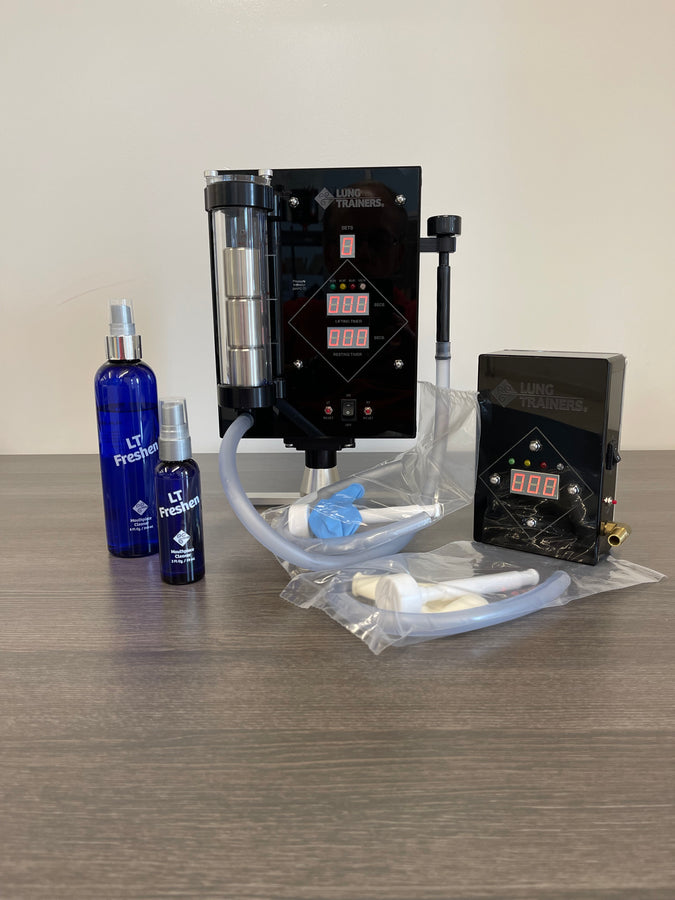Musicians believe that the art of making music transcends just good playing or singing. The controlled inhalations and exhalations that shape a piece’s sounds, rhythms, and emotions are the basic core of musical expression. Mastering effective breathing methods is essential for musicians looking to improve their performances. The importance of breath control, different breathing methods, and their transformational effects on musical performance are all covered in this essay.
Recognizing the Crucial Function of Breath Control in Music
The foundation of musicality, which impacts every facet of performance, is breath control. Effective breath control is the key to all performances, whether it’s a singer striking a high note, a woodwind player creating a smooth tune, or a pianist incorporating dynamics. Musicians can have more control over tone, phrasing, and emotional expression by utilizing the power of breath.
The Interaction between Music and Breath
Similar to sentences, musical phrases have a start, middle, and end. These sentences are shaped, and their interpretation is directed by the breath, which serves as punctuation. A controlled exhale gives the music depth and expressive aspects, while a well-timed intake can introduce a new phrase. Breath becomes a collaborator, working closely with the artist to deliver the desired message.
Musicians’ Essential Breathing Techniques
Diaphragmatic breathing is a method for drawing air into the lungs that is also referred to as belly breathing or deep breathing techniques for musicians. As you take a deep breath through your nose, put your hand on your abdomen and feel it rise. In addition to maximizing oxygen intake, diaphragmatic breathing maintains a steady airflow, which is advantageous for both wind instrumentalists and singers.
Sustain and Release is a method that musicians frequently find very helpful for holding extended notes or phrases. Start by taking a deep breath, then exhale slowly and evenly while sustaining a continuous sound until all your air has been spent. This technique maintains an even, regulated tone throughout lengthy stretches.
Articulated Breaths: This expression-enhancing approach involves fusing deliberate breaths into the song. Musicians can punctuate sentences, create pauses, or highlight particular notes using articulated breaths. When executed properly, these breaths blend in seamlessly with the performance.
Dynamic Breathing: Similar to how volume changes in music are referred to as dynamics, dynamic breathing entails varying the strength of inhalations and exhalations to correspond with the musical environment. While louder sections call for stronger, deeper breaths, quieter passages may call for softer breaths.
Wind musicians frequently practice circular breathing, taking in air through the nose while simultaneously exhaling it through the mouth while using air stored in the cheeks. Even throughout lengthy phrases or protracted solos, this technique enables uninterrupted playing.
Breath control is incorporated into practice and performance.
Develop awareness of your breathing patterns during practice sessions to start. Find situations where you could perform better if you had better respiratory control.
breathing exercises device should be incorporated into your practicing program. Focus on consistent breath control when practicing scales, arpeggios, or simple melodies.
Mindful Phrasing: Concentrate on the music’s organic ebb and flow. Time your breath with the wording to deliver the words naturally and expressively.
Practice: When getting ready for a performance, practice the musical elements and your breath management techniques. Building confidence and muscle memory via repetition is beneficial.
As a result,
Breath control is a transforming ability for musicians beyond the technical qualities of playing or singing. It links the performer and the listeners, allowing the artist to use music to communicate feelings, narratives, and messages. Musicians can reach a higher degree of musicality and improve their capacity to enthrall, move, and profoundly connect with audiences by learning the art of correct breathing practices.



